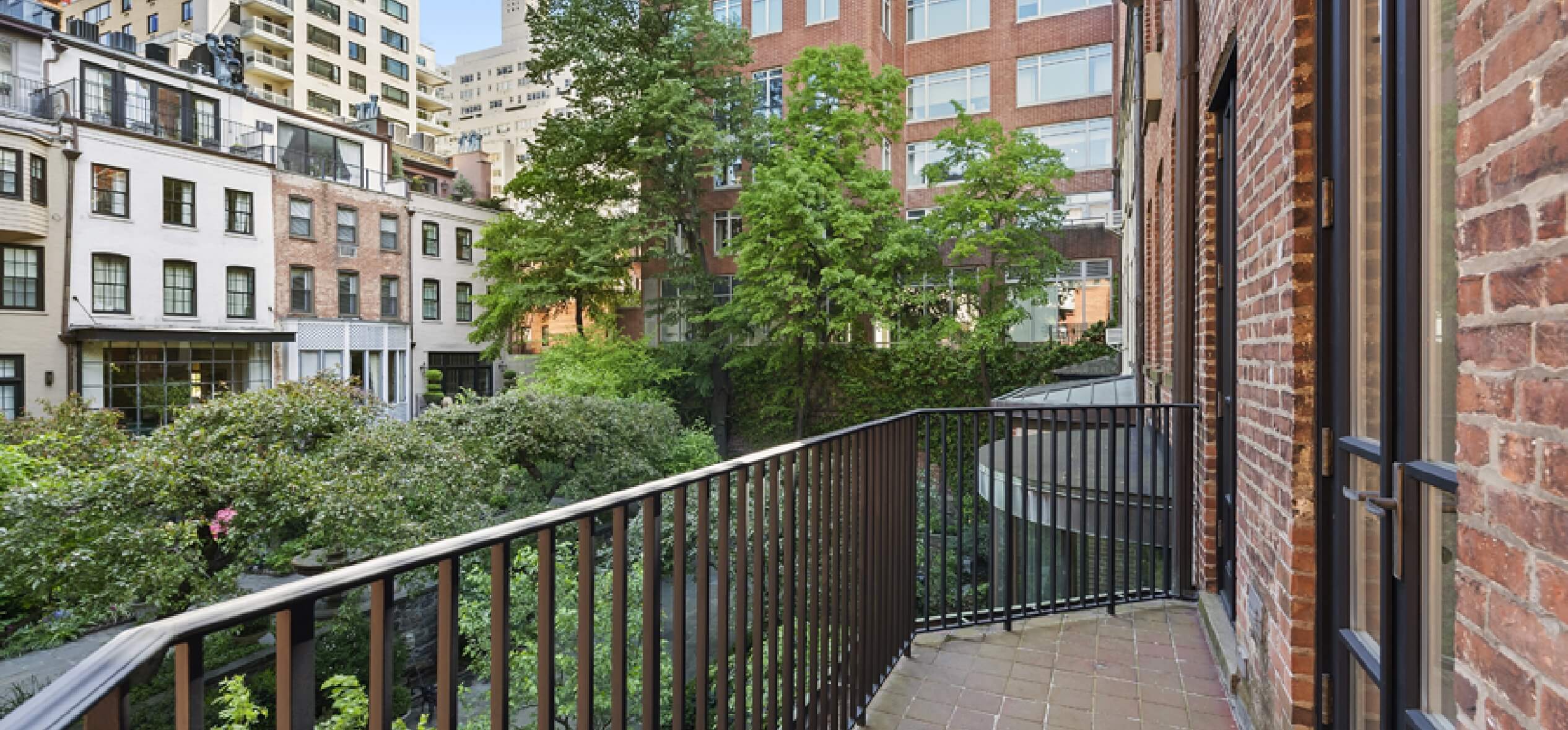As we have previously discussed, The Department of Transportation has announced that it plans to close the Brooklyn Heights Promenade for a minimum of 6 years, beginning as early as 2020, to build an elevated 6-lane roadway in its place. This elevated roadway is projected to carry more than 150,000 cars and trucks per day, mere feet from homes, businesses, and playgrounds.
New York City cannot guarantee that this “temporary” roadway — once built — will ever be removed. Once an elevated roadway is moving 150,000+ cars and trucks per day, inertia favors it staying in place. A budget crisis, construction delays, or political complications could lead to it being left in place for 10, 20, 30 years or perhaps forever.
This issue hits especially close to home for Vandenberg’s president, Dexter Guerrieri, who has been a resident of Brooklyn Heights since 2003 and lives less than a block from the proposed ‘temporary highway’.
[metaslider id=9016]
Spurred by the recent L Train shutdown cancellation, the Brooklyn Heights Association has written a stern letter to the New York State Department of Transportation. BHA is asking the DOT to halt their current plan to dismantle the Brooklyn Heights Promenade in order to construct a temporary 6-lane highway and come up with a more suitable solution.
The full letter reads:
‘Dear Commissioner Trottenberg:
Last week’s announcement that outside engineering experts were able to come up with a new approach that eliminates the need for the MTA’s long-planned shutdown of the L Train spurs us to ask you to re-think DOT’s approach to the BQE reconstruction project.
The parallels seem clear: each project poses huge engineering challenges, and in each case the government’s initial approach would impose unthinkably devastating consequences. The exciting new approach for the L Train, devised in a brief period and announced only a few months before the start of the planned shut-down approach, shows it is not too late to solve the BQE challenge. It also demonstrates that the fresh perspective of creative, independent experts can identify far preferable solutions.
The Brooklyn Heights Association implores you and your colleagues to stop work on the DOT’s unacceptable “Promenade Highway” plan. Instead, we ask DOT to convene a panel of outside engineering and transportation design experts to re-think the BQE project this winter.
As we have come to grips with the DOT’s stunning announcement in September that it wants to fix the BQE by erecting a six-lane interstate highway in our midst for six or more years, we have realized that the DOT’s approach is deeply problematic not merely because of the havoc its construction plan will wreak but also because its endresult looks backward and not forward: DOT seeks to rebuild (and modernize a bit) exactly what was built from 1951-54. But a highway that made sense for the NY metropolitan area for the last 75 years cannot possibly be the right way to serve the region’s transportation needs for the next 75 years. At a time when electric and autonomous cars and trucks are in sight, when mobility is being transformed by the Ubers and Amazons of the world, and when drones are being licensed for commercial use, DOT should be planning a 21st century surface transportation solution that makes sense for the entire NY region rather than simply updating a deteriorating, mid-20th century design.
To the extent the DOT continues to pursue its updating plan, the BHA made a proposal to DOT that shows that construction approaches that are far less destructive of the neighboring communities are feasible. As you know, the BHA presented to you last November an alternative approach for the construction period that would eliminate the need for the Promenade Highway.
The BHA proposed that DOT should instead create a temporary two-level, three-lane roadway parallel to the triple cantilever structure, to the west of that section of the BQE. We explained that our “Parallel Bypass” proposal would eliminate the worst environmental consequences of the DOT’s preferred approach, sparing the surrounding communities its adverse health, noise and quality of life effects. The Parallel Bypass approach would also facilitate and potentially expedite the cantilever reconstruction activity by freeing that construction area of the cumbersome sets of columns and overhead ceiling necessarily imposed by the Promenade Highway.
On December 21, Rep. Velázquez, Sen. Kavanagh, Assemblymember Simon and Councilmember Levin jointly asked you in writing to consider the BHA’s proposal seriously, and more generally to explore other alternatives. City Comptroller Stringer sent you a similar letter. We join with our elected officials in looking forward to DOT’s response to our Parallel Bypass proposal. But as we explained when we presented it to you, we view that proposal as simply one example of a preferable alternative that independent thinking might come up with. Last week’s exciting L Train development spurs us to ask that the DOT broaden its focus to re-think not only its approach to the construction period but to the final outcome as well.
The Brooklyn Heights Association therefore requests that DOT stop its planning activities for the Promenade Highway approach and convene a blue-ribbon panel of outside experts. The sooner this can be done, the better. This initiative should address two goals: to identify the role of this section of the BQE in a 21st century regional transportation solution and to devise an approach to construction activity that will be acceptable to the neighboring communities.
Our Association is eager to work with you and your colleagues to make this initiative as productive and effective as possible.
Sincerely,
Martha Bakos Dietz
President’
To learn more about these proposed plan or to lend your voice to the fight, visit aBetterWay.nyc




